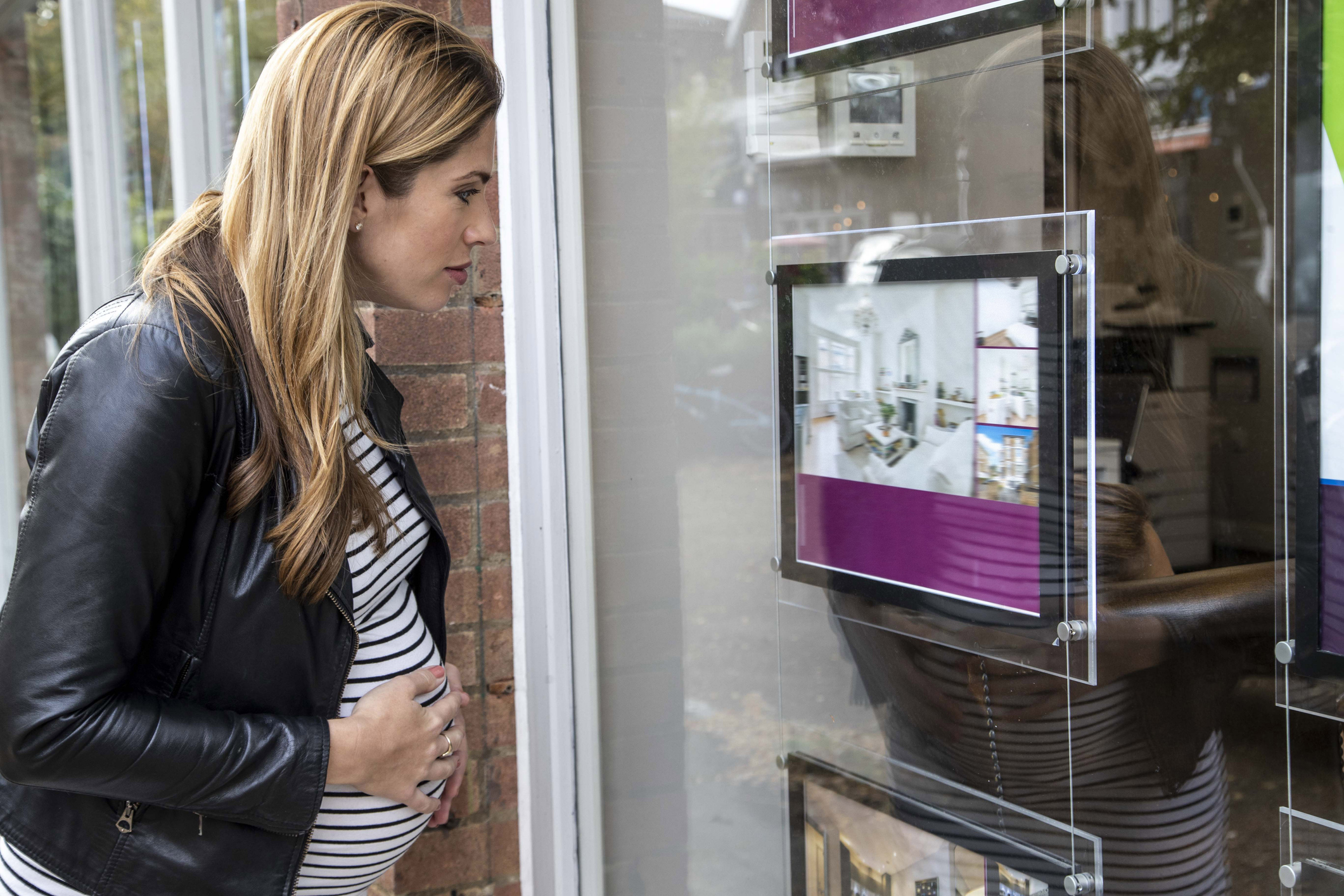Start a collection of curios
Curiosity cabinets are back in fashion among collectors, says Chris Carter – and for good reason.


The sixth annual Frieze Masters art fair in London opened its doors last week to the weird and wonderful. An ancient Egyptian mummified falcon, Byzantine rings, 13th-century Ethiopian crosses and early Ptolemy atlases were to be found within the seven galleries displaying artefacts covering five millennia all "from periods when all fine making was art, and all art purposeful", says Emma Crichton-Miller in the Financial Times.
Eclectic collections such as these hark back to the "wonder cabinets" (often known by their German name, wunderkammer) of the 16th to 18th centuries. Fashionable young aristocrats would fill their personal museums with "the exotic, the bizarre, the wondrous and the fantastical", says Catherine Hickley in Handelsblatt Global magazine.
"They mixed old masters and exquisite handicraft with exotic objects arriving from the far corners of the globe shrunken heads from the Amazon; stuffed creatures no European had previously seen; the tusk of a narwhal that many believed were from a unicorn." Hans Sloane's own collection (he died in 1753, aged 92) formed the nucleus of the British Museum. Now these cabinets are making a comeback.
Subscribe to MoneyWeek
Subscribe to MoneyWeek today and get your first six magazine issues absolutely FREE

Sign up to Money Morning
Don't miss the latest investment and personal finances news, market analysis, plus money-saving tips with our free twice-daily newsletter
Don't miss the latest investment and personal finances news, market analysis, plus money-saving tips with our free twice-daily newsletter
Demand for authentic and rare artefacts has soared in recent years as the revival, which started in Germany and Austria in the 1980s and 1990s, has spread as far as New York's Museum of Modern Art. "If I have a first-class object, then there are ten collectors who want it," Georg Laue, a Munich art dealer and wunderkammer specialist, tells Hickley.
But 21st-century collectors are giving their cabinets a "modern twist" often blending in works of modern art. After all, Damien Hirst's diamond-crusted skulls, entitled For the Love of God (2007), "would not have looked out of place in a Renaissance-era collection".
Nor would anything by Australian artist Patricia Piccinini, says Van Badham in The Guardian, with her "figurative works that render fantastic, hybrid-human creatures in such anatomic detail that their stillness seems their most unnatural feature". Examples include a bird of prey made from hair, and a baby fused with an egg.
Next Thursday in New York, Sotheby's is holding its Collections & Curiosities: Silver, Ceramics, and Objects of Vertu sale. Among the curios are a carved mahogany and deer antler wall-mounted coat rack from around 1880, with an upper estimate of $3,000; a large silver, enamel, lapis, and gem-set late-19th century ostrich, valued at up to $50,000; and an Italian Mario Buccellati silver flamingo, from the 20th century, valued at between $80,000 and $120,000 (pictured). But at one and a half metres tall, you may need a bigger cabinet.
Cross your palm
The market in silver antiques has fluctuated in recent years. One reason was the price of the metal itself during the boom years up to 2011, as Joel Langford, a London-based silver dealer, tells Anna Temkin in The Times.
Obviously, with finer pieces, the artistry and provenance are typically worth far more than the silver content. But that's not necessarily the case for less important pieces and, as a result, the price "led to more dealers taking silver to the scrappers".
Since then, the silver price has come down and stabilised somewhat. The other reason, says Sotheby's silver specialist, James Clare, is a simple lack of interest compared to the appetite for other collectables. But now the silver market is experiencing a "rebirth", with interest coming from Asia and the Middle East.
So, what should you look for when buying silver antiques? First, find a style and period you like, and do your research. Only buy from dealers who are registered with Lapada (the Association of Art and Antique Dealers) and Bada (the British Antique Dealers' Association).
Hallmarks are good indicators of age and authenticity, says Temkin, of which British silver has at least four: the "sterling" mark, which guarantees the silver's purity; the "town" mark (which tells you the location of the assay office), the date mark; and finally, the maker's mark.
Paul de Lamerie, an 18th-century English silversmith, and his early 19th-century compatriot, Paul Storr, are both celebrated for their workmanship examples of which will be going under the hammer at Sotheby's in London on Wednesday.

Auctions
Going
Twelve photographs of actress Marilyn Monroe posing nude in a swimming pool (pictured) and enjoying the candles on her birthday cake were expected to fetch up to $35,000 with Heritage Auctions in New York this week. In other lots, a photo of Frank Sinatra with his bodyguards was valued at $30,000, while two photographic alternatives to the image used by The Beatles for their Abbey Road album cover were expected to make up to $25,000.
Gone
A 1963 photograph of Audrey Hepburn as Eliza Doolittle in the film My Fair Lady, taken by the celebrated portrait photographer Cecil Beaton, sold for £93,750, more than 30 times the estimate, at Christie's in London late last month. The sale of the late actress's personal effects, which ran until 4 October, featured more than 500 items made available by her sons, and raised £1,418,375 in total.
Get the latest financial news, insights and expert analysis from our award-winning MoneyWeek team, to help you understand what really matters when it comes to your finances.

Chris Carter spent three glorious years reading English literature on the beautiful Welsh coast at Aberystwyth University. Graduating in 2005, he left for the University of York to specialise in Renaissance literature for his MA, before returning to his native Twickenham, in southwest London. He joined a Richmond-based recruitment company, where he worked with several clients, including the Queen’s bank, Coutts, as well as the super luxury, Dorchester-owned Coworth Park country house hotel, near Ascot in Berkshire.
Then, in 2011, Chris joined MoneyWeek. Initially working as part of the website production team, Chris soon rose to the lofty heights of wealth editor, overseeing MoneyWeek’s Spending It lifestyle section. Chris travels the globe in pursuit of his work, soaking up the local culture and sampling the very finest in cuisine, hotels and resorts for the magazine’s discerning readership. He also enjoys writing his fortnightly page on collectables, delving into the fascinating world of auctions and art, classic cars, coins, watches, wine and whisky investing.
You can follow Chris on Instagram.
-
 Government launches full review of parental leave and pay – what could it mean for you?
Government launches full review of parental leave and pay – what could it mean for you?The government wants parental leave to be fairer - will its shake-up fix the widespread problem for families?
-
 Nationwide: House prices see biggest monthly fall in over two years
Nationwide: House prices see biggest monthly fall in over two yearsUK house prices dropped by 0.8% in June, according to Nationwide. We reveal the top-performing and worst-performing regions